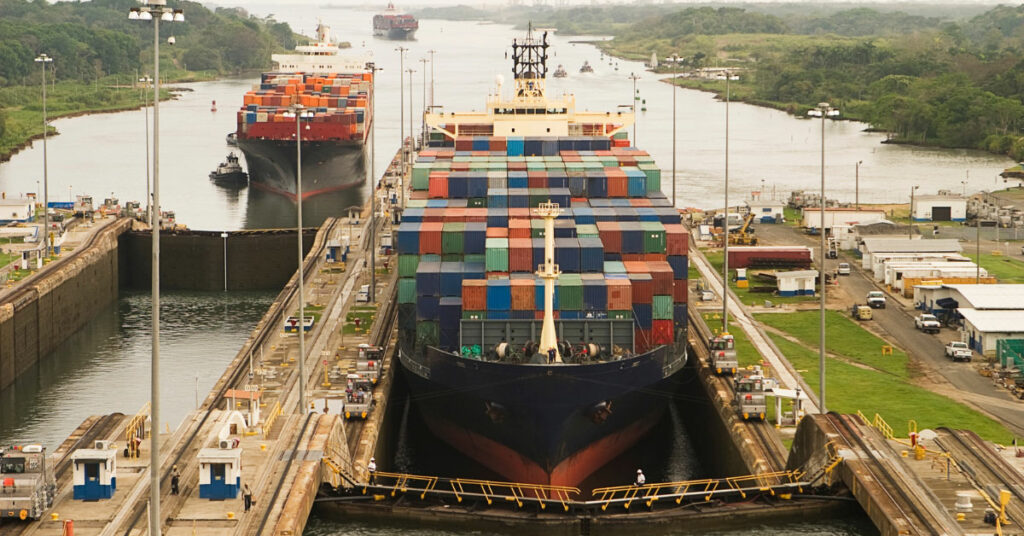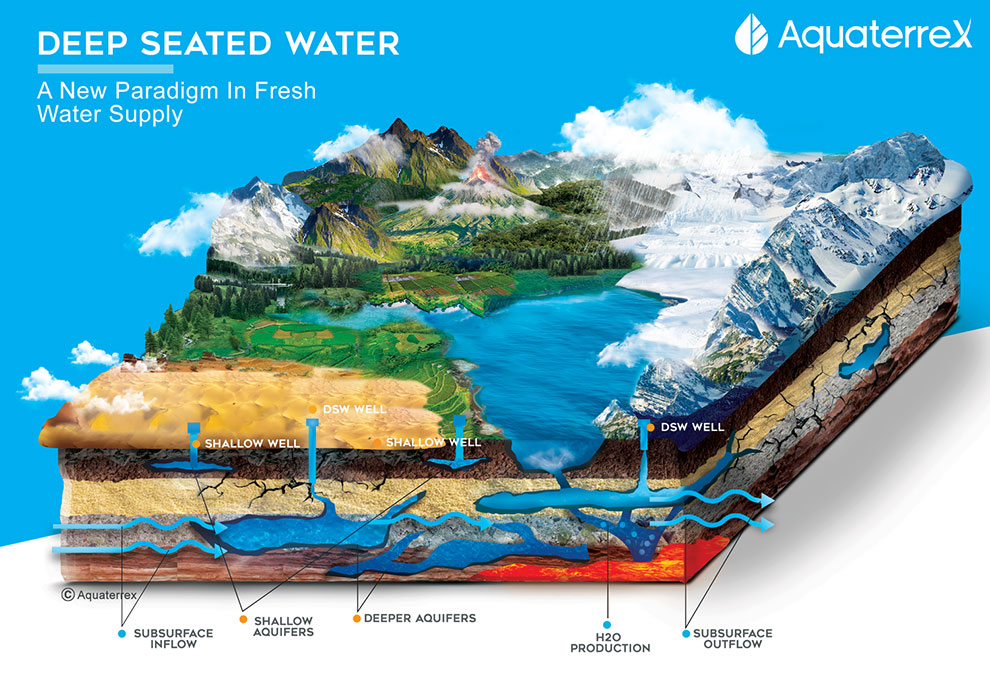
Panama Canal Water Crisis Threatens Global Trade
For over 100 years the Panama Canal has been a vital conduit for global trade, facilitating the passage of ships between the Atlantic and Pacific Oceans. Indeed, 6% of all world trade passes through the canal each year. Yet, insufficient rainfall, coupled with increased demand, has led to a significant decline in water levels, threatening the operational capacity of the canal. Last week the Panama Canal Authority reported 118 ships are queueing up to enter the canal. The Authority also forecasts cutting the daily transit of ships in half by February due to the water crisis.
A recent article in TradeWinds, the “Global Shipping News Source” says that authorities “have long known that the water levels in Gatun Lake are the waterway’s Achilles Heel.” Gatun Lake and nearby Alajuela Lake feed the waterway as ships pass 26 meters above sea level in the canal. TradeWinds article The head of the Panama Canal Pilots Association worries the restrictions will last into 2025. He said there were plans drawn up as early as 1999 to build infrastructure that would give the canal a supply of water from a second watershed. However, there was no urgency and the plan was rescinded in 2006.
The current crisis, after recording the driest October on record, poses a serious risk not only to the maritime community but also to the economies that rely on efficient trade routes. According to Statista, in 2021, the United States was the origin or destination of 72.5% of incoming or outgoing cargo that passed through the canal.
In the quest for sustainable solutions to the Panama Canal water crisis, one crucial element often overlooked is the role of deep-seated water reserves. Deep-seated water, found beneath the earth’s surface, presents a potential game-changer in addressing the challenges outlined in the TradeWinds News article. AquaterreX recognizes the significance of this missing puzzle piece and advocates for its incorporation into the broader strategy for securing the canal’s water future.
Harnessing the Power of Deep Seated Water
Deep-seated water reserves offer a reliable and resilient source of water that can withstand fluctuations in surface water levels. AquaterreX suggests exploring the possibility of tapping into these deeper reservoirs as part of the infrastructure development plan for the Panama Canal.
Deep Seated Water – An Almost Unlimited, Alternative, and Clean Source
Deep Seated Water (DSW), is groundwater, typically sourced from deep aquifers that are located lower than shallow aquifers. Such deep aquifers are supplied not only from local catchment basins but also by subsurface inflows across basin boundaries. Deep Seated Water also encompasses water created at the mantle level of the Earth under extreme heat and pressure as confirmed by this recent report on mantle rain. Contamination does not occur in these deep water aquifers as modern pollution has not reached these deeper levels. And the best news is that this water is accessible and plentiful.
Advantages of Deep Seated Water
Reliability in Times of Scarcity: Deep-seated water is less susceptible to the immediate impacts of climate variability, providing a more consistent and reliable water source during periods of scarcity.
Long-Term Sustainability: By integrating deep-seated water into the overall water management strategy, the Panama Canal can enhance its long-term sustainability. This approach aligns with AquaterreX’s commitment to building infrastructure that withstands the test of time.
Reduced Environmental Impact: Unlike surface water sources, tapping into deep-seated water often involves less disruption to the environment. This aligns with AquaterreX’s dedication to green and sustainable infrastructure development.
Challenges and Considerations
While deep-seated water holds promise, it’s essential to approach its utilization with careful consideration of potential environmental and geological impacts. AquaterreX emphasizes the importance of conducting thorough assessments and employing responsible practices to ensure the sustainable extraction of deep-seated water resources.
Incorporating Deep Seated Water into the Comprehensive Solution
AquaterreX encourages stakeholders involved in addressing the Panama Canal water crisis to consider deep-seated water as an integral part of the comprehensive solution. By combining this resource with other sustainable initiatives, such as green infrastructure and advanced technologies, we can create a robust and resilient water management system for the canal.
About AquaterreX
AquaterreX (www.aquaterrex.com) is a global environmental services organization with a mission to broadly implement effective water and food security solutions. AquaterreX maintains offices in Florida, California, and Australia, and has representation in the United Arab Emirates. The name AquaterreX comes from the Latin, aqua (water) and French, terre (earth, land) which is a derivative of the Latin, terra, and “X” for exploration. Thus, AquaterreX encompasses water and land solutions for the planet.
The company possesses proprietary technology to locate Deep Seated Water, which Is fresh water situated below the shallow groundwater that supplies the majority of fresh water on the planet. This vast new source of water can help solve the water crisis facing billions of people.
